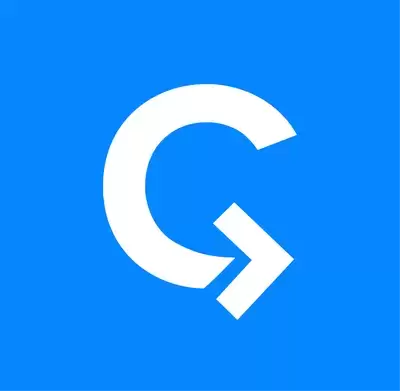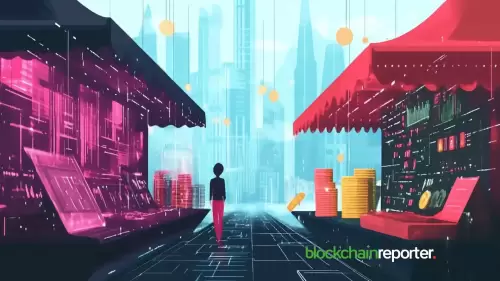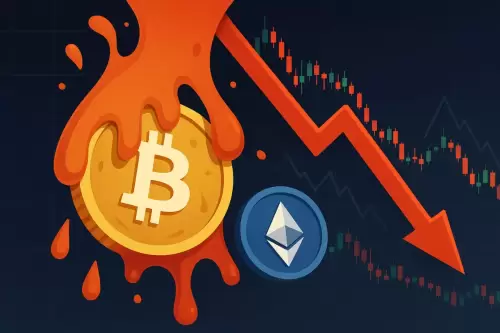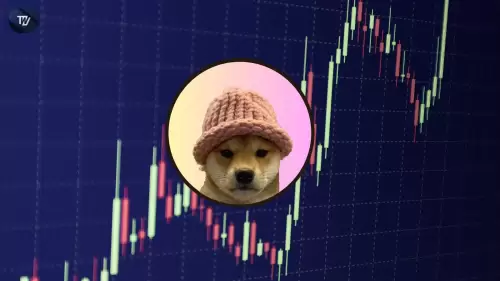 |
|
 |
|
 |
|
 |
|
 |
|
 |
|
 |
|
 |
|
 |
|
 |
|
 |
|
 |
|
 |
|
 |
|
 |
|
IOTA sets itself apart from traditional cryptocurrencies by utilizing an innovative structure known as Tangle, which is based on a Directed Acyclic Graph (DAG).

IOTA, a cryptocurrency that has set itself apart from traditional coins by utilizing an innovative structure, is poised to revolutionize digital transactions in the coming years. Here's a closer look at IOTA and how it could shape the future of digital currency.
Overview of IOTA
Created in 2015, IOTA is a cryptocurrency designed specifically for the Internet of Things (IoT). Unlike Bitcoin and Ethereum, which are primarily intended for large-scale transactions, IOTA is optimized for micropayments and seamless integration with connected devices.
One of the key features that distinguishes IOTA from other cryptocurrencies is its use of Tangle technology. Tangle is a Directed Acyclic Graph (DAG) that differs significantly from the blockchain used in most cryptocurrencies. In a blockchain, transactions are organized into blocks that are linked together in a linear chain. Tangle, on the other hand, allows transactions to be processed simultaneously and independently, creating a more scalable and efficient network.
Another notable aspect of IOTA is its focus on feeless transactions. While most cryptocurrencies, including Bitcoin and Ethereum, charge transaction fees to cover the costs of network maintenance, IOTA allows users to make unlimited transactions without paying any fees. This makes IOTA particularly suitable for micropayments and high-frequency IoT applications, where even small transaction fees can add up quickly.
Use Cases for IOTA
IOTA's unique features and architecture open up a wide range of potential use cases beyond conventional monetary transactions. Some promising applications of IOTA include:
Smart Cities: IOTA can be used to facilitate interactions between various components of a smart city, such as public transport systems, energy management, and waste management. By enabling seamless communication and data exchange, IOTA can help optimize city operations and improve the overall quality of life for residents.
Supply Chain Management: Another potential application of IOTA is in supply chain management. By integrating IOTA into their supply chains, companies can enhance transparency and traceability, enabling real-time tracking of goods from their origin to their final destination. This can help reduce fraud, streamline operations, and improve efficiency throughout the supply chain.
Automated Payments: As vehicles become more connected and integrate advanced technologies, IOTA can be used to enable automated toll payments and parking fees directly between cars and service providers. This eliminates the need for manual payments or toll booths, creating a smoother and more efficient experience for drivers.
Benefits and Drawbacks of IOTA
Like any technological innovation, IOTA has both advantages and disadvantages. Some of the key benefits and drawbacks of IOTA include:
Benefits:
– IOTA's innovative Tangle technology enables quick and fee-less transactions, making it ideal for a wide range of applications.
– The architecture of IOTA is designed to handle high transaction volumes efficiently, ensuring scalability as the network grows.
– IOTA's focus on future technologies, such as the Internet of Things (IoT), positions it for long-term relevance and integration.
Drawbacks:
– Past security incidents involving IOTA have raised concerns about the platform's stability and trustworthiness.
– IOTA is still relatively new, and its adoption in the market may lead to fluctuations in demand and pricing.
Overall, IOTA presents a promising and unique approach to digital currency that is tailored to the emerging landscape of connected devices and IoT applications. As technology continues to evolve and integrate into our daily lives, IOTA is well-positioned to play a significant role in shaping the future of digital transactions.
Disclaimer:info@kdj.com
The information provided is not trading advice. kdj.com does not assume any responsibility for any investments made based on the information provided in this article. Cryptocurrencies are highly volatile and it is highly recommended that you invest with caution after thorough research!
If you believe that the content used on this website infringes your copyright, please contact us immediately (info@kdj.com) and we will delete it promptly.






























































